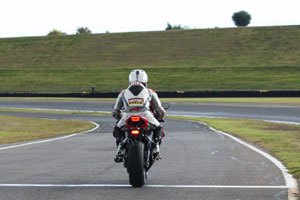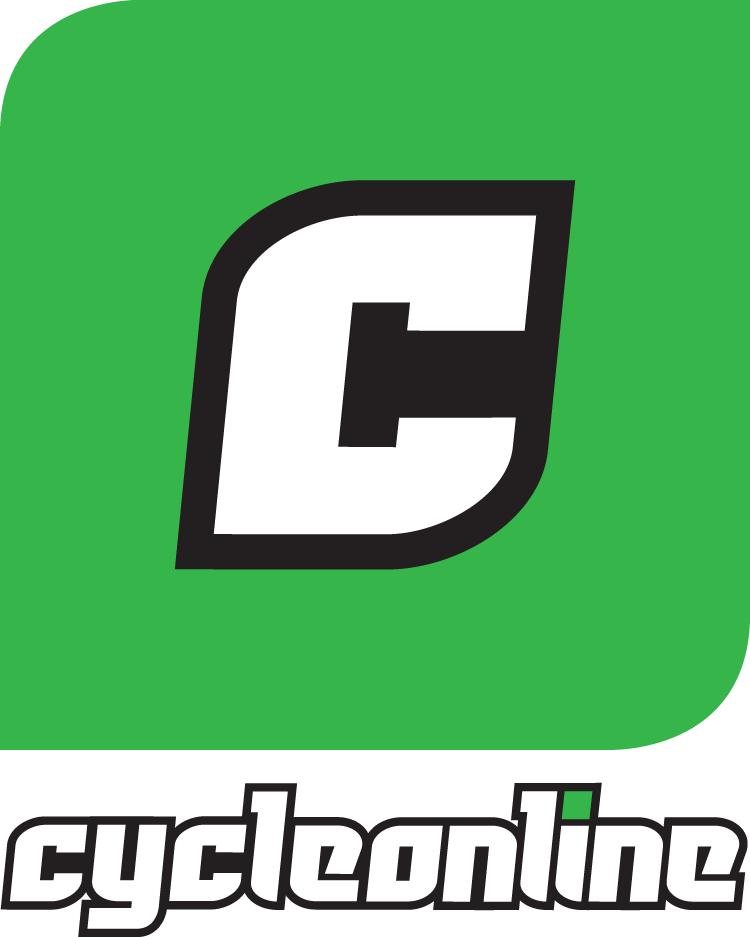Ever wanted to get your bike out on track but wasn’t sure how? We give you helpful tips to prepare for the circuit experience.

BACK TO SCHOOL
A good idea before attending your first ride day is to take part in a circuit-based rider training school to help you become familiar with the correct lines and riding techniques to be used on the track.
There are many helpful experienced riders at each track day who are happy to offer advice, but nothing beats thorough training from professional coaches to ensure you enhance your enjoyment on the circuit.
Rider training schools not only increase your confidence to take on your first ride day, you’ll be much better prepared to impress your mates and ride safely to make sure you can get to work the following day.
If you’d like to attend a school to get that personalised experience with me, check out my Road Race Performance Academy (RRPA) website at www.rrpa.com.au to find out when my team of coaches and I will be visiting a circuit near you.
Motorcycle riding is a great hobby, past time and an efficient mode of transport. Riding on the street is an enjoyable experience with many good Aussie roads available, but taking your bike to the track immediately turns your passion into a kind of sport — one that becomes extremely addictive for all who try.
There’s no doubt that riding on the track is the most fun you could possibly have on two wheels. In a controlled environment and with safer conditions than the real world, circuit riding can bring out the best in both yourself and your bike.
But riding on the track at a ride day can be an intimidating step for some. There are many common concerns for riders who have never been on the track, including worries such as if they will be fast enough, is the chance of a crash increased, or if they have the correct riding gear, just to name a few.
For starters, most ride day and rider training schools in Australia provide graded sessions to ensure you are in the correct group for your skill level. Chances are if you enter in the lowest level of the day, you will be alongside many other track first timers.
Most ride days have three or four separate groups, with the higher graded groups consisting of very experienced track riders or even racers. One thing to take note is that even if you’re a top road rider with loads of experience on the street, it doesn’t necessarily mean you’ll be good enough to enter the top level on track.
It’s always best to start at the bottom and work your way up through the group levels if you’re getting into track riding.
Rider safety briefings at the beginning of the day always set rules to ensure that everybody is well instructed before anybody hits the track.
Riding on the track doesn’t automatically mean the chance of a crash is increased, because if you ride within your comfortable limitations then you will have a better chance of keeping on two wheels.
In fact, we can never eliminate the chances of an accident 100 percent no matter where we ride, but I’d say that riding on the track without the distractions of tin-tops and with better surfaces than public roads, the chances of crashing are arguably decreased if you don’t go overboard.
Track riding will also help you learn different techniques that may even assist you safety-wise in road riding.
Having the correct riding gear on the circuit is crucial for your experience. Most ride day providers only accept either full-piece leather suits or two-piece suits that zip together. Also needed are motorcycle riding boots and gloves, along with an Australian Standards or DOT approved full-face helmet with no damage. A back-protector is optional, but always recommended.
The reason for the strict regulations on riding gear is simple. You’re likely to go a lot faster on track than the public streets, with no speed limits on track and no constant worry of the boys in blue.
Preparation is the key to make the most of your circuit experience. Make sure you enter early to ensure you get a position in your selected ride day. Upon entering, make sure you check the provider’s rules and regulations regarding the technical inspection to ensure your bike will be suitable for the track.
You don’t need a full-on sportsbike to have fun on the track or to enter a ride day, with many supermotard or nakedbikes often spotted at the track.
Some important notes to make sure of to ensure you pass technical inspection is to check your tyres have a suitable amount of tread left on the tyres to last through the day and make sure there’s no fluid or oil leaks from the bike. Also checked will be brakes, suspension and chain slack, so make sure they are all in practical working order before signing up.
Check with your dealer on what tyre pressures you should run on your particular bike, but less psi than the street provides better grip on the track.
To make sure that the day runs as smoothly as possible, all providers have set rules on how the day is run, including the use of safety flags and procedures. Check with whoever you are attending with to get a copy of their particular rules.
It is a good idea to trailer your bike to a ride day, rather than ride it, so you can take extra fuel, tools, chairs and equipment for the day.
Last but not least, make sure you take efficient fluids for hydration and food to keep up your concentration on the day. This is one of the most important aspects of lasting the entire day without a hitch.
A good amount of water (a basic rule is 1.5 to 2 litres per day) and carbohydrates leading up to the event will also assist in optimal energy on the day.
By now you should be ready to go. Be careful though, the biggest danger of a ride day is your bank account — because once you start, you just can’t stop going again and again!
Give it a try, you’ll love it.






